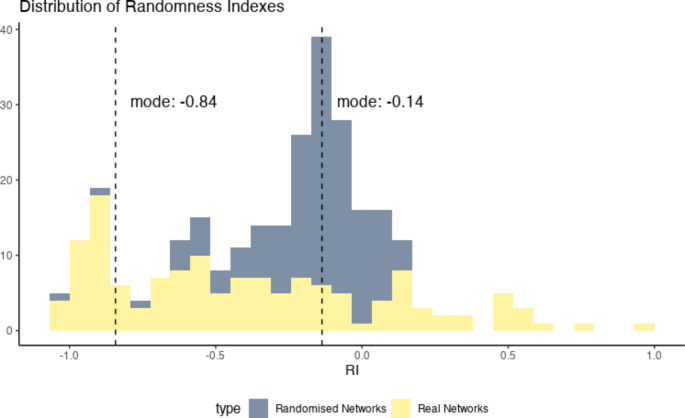2024-12-09 カリフォルニア大学サンディエゴ校(UCSD)
<関連情報>
- https://today.ucsd.edu/story/dogs-use-two-word-button-combos-to-communicate-study-shows
- https://www.nature.com/articles/s41598-024-79517-6
サウンドボードで訓練された犬は、偶然ではなく、ランダムでもなく、非意図的な2つのボタンの組み合わせを作り出す Soundboard-trained dogs produce non-accidental, non-random and non-imitative two-button combinations
Amalia P. M. Bastos,Zachary N. Houghton,Lucas Naranjo & Federico Rossano
Scientific Reports Published:09 December 2024
DOI:https://doi.org/10.1038/s41598-024-79517-6

Abstract
Early studies attempting interspecies communication with great apes trained to use sign language and Augmented Interspecies Communication (AIC) devices were limited by methodological and technological constraints, as well as restrictive sample sizes. Evidence for animals’ intentional production of symbols was met with considerable criticisms which could not be easily deflected with existing data. More recently, thousands of pet dogs have been trained with AIC devices comprising soundboards of buttons that can be pressed to produce prerecorded human words or phrases. However, the nature of pets’ button presses remains an open question: are presses deliberate, and potentially meaningful? Using a large dataset of button presses by family dogs and their owners, we investigate whether dogs’ button presses are (i) non-accidental, (ii) non-random, and (iii) not mere repetitions of their owners’ presses. Our analyses reveal that, at the population level, soundboard use by dogs cannot be explained by random pressing, and that certain two-button concept combinations appear more often than expected by chance at the population level. We also find that dogs’ presses are not perfectly predicted by their owners’, suggesting that dogs’ presses are not merely repetitions of human presses, therefore suggesting that dog soundboard use is deliberate.



